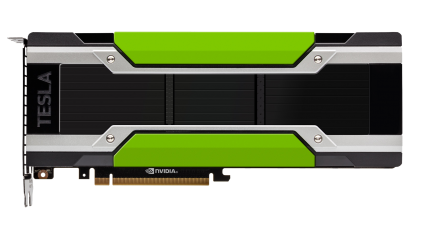
To meet the unprecedented computational demands placed on modern data centres, the Tesla P100 GPU accelerator delivers ‘massive leaps in performance and value’ compared with CPU-based systems, according to Nvidia.
The developer is making use of its Pascal GPU architecture to enable the creation of ‘super nodes’ that provide the throughput of more than 32 commodity CPU-based nodes and deliver up to 70 per cent lower capital and operational costs.
Ian Buck, VP of accelerated computing, Nvidia, said: “Accelerated computing is the only path forward to keep up with the insatiable demand for high-performance computing and AI supercomputing.
Deploying CPU-only systems to meet this demand would require large numbers of commodity computer nodes, leading to substantially increased costs without proportional performance gains.”
He added: “Dramatically scaling performance with fewer, more powerful Tesla P100-powered nodes puts more dollars into computing instead of vast infrastructure overhead.”
Later this year, Tesla P100 accelerators for PCIe will power an upgraded version of Europe’s fastest supercomputer, the Piz Daint system at the Swiss National Supercomputing Centre in Lugano, Switzerland.
The Tesla P100 for PCIe is available in a standard PCIe form factor and is compatible with today’s GPU-accelerated servers. It is expected to be available beginning in Q4 from reseller partners and server manufacturers, including Cray, Dell, Hewlett Packard Enterprise, IBM and SGI.
15.MS3







